Picture this: you walk into a hospital for a routine check-up, and instead of being greeted by sterile machines and cold metal instruments, you’re met by a team of highly trained animals working alongside doctors to detect diseases you didn’t even know you had. Sounds like science fiction? Think again. From dogs sniffing out cancer to rats detecting tuberculosis, animals are already revolutionizing medical diagnostics in ways that would make even the most advanced AI jealous. Their extraordinary sensory abilities, honed by millions of years of evolution, are proving to be more accurate and cost-effective than many traditional diagnostic tools. While we’ve spent billions developing sophisticated medical equipment, nature has already created the perfect diagnostic machines – they just happen to have four legs, wet noses, and wagging tails.
The Science Behind Super Sniffers

Dogs possess an olfactory system that puts our human noses to shame in the most spectacular way imaginable. With over 300 million scent receptors compared to our measly 6 million, dogs can detect odors at concentrations nearly 100 million times lower than what humans can perceive. This isn’t just impressive – it’s revolutionary for medical diagnostics. When diseases alter the body’s chemistry, they create unique volatile organic compounds that escape through breath, skin, and bodily fluids. Dogs can detect these molecular changes long before symptoms appear, making them living, breathing early warning systems. Recent studies have shown that trained medical detection dogs can identify certain cancers with accuracy rates exceeding 95%, often outperforming expensive laboratory tests.
Cancer Detection Dogs: Heroes Without Capes
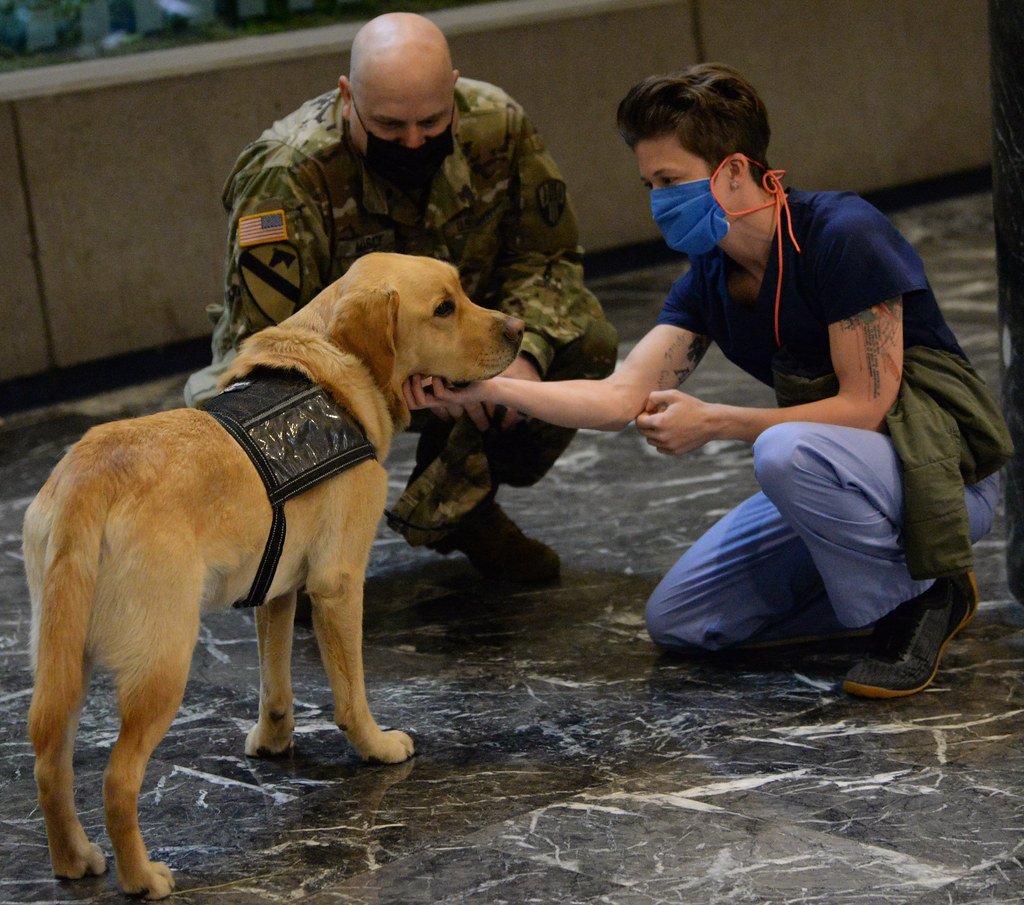
The most remarkable success story in animal diagnostics involves dogs trained to detect various forms of cancer through scent alone. These four-legged oncologists can identify lung, breast, ovarian, and bladder cancers by analyzing breath samples, urine, or skin swabs. At Pine Street Foundation in California, dogs have been trained to detect lung and breast cancer with accuracy rates that rival expensive imaging equipment. One particularly famous case involved a dog named Daisy, who detected over 6,000 cases of cancer during her career and even detected her trainer’s breast cancer before any symptoms appeared. The speed at which these dogs work is equally impressive – they can screen hundreds of samples in a single day, something that would take traditional lab equipment weeks to accomplish.
Diabetic Alert Dogs: Living Glucose Monitors
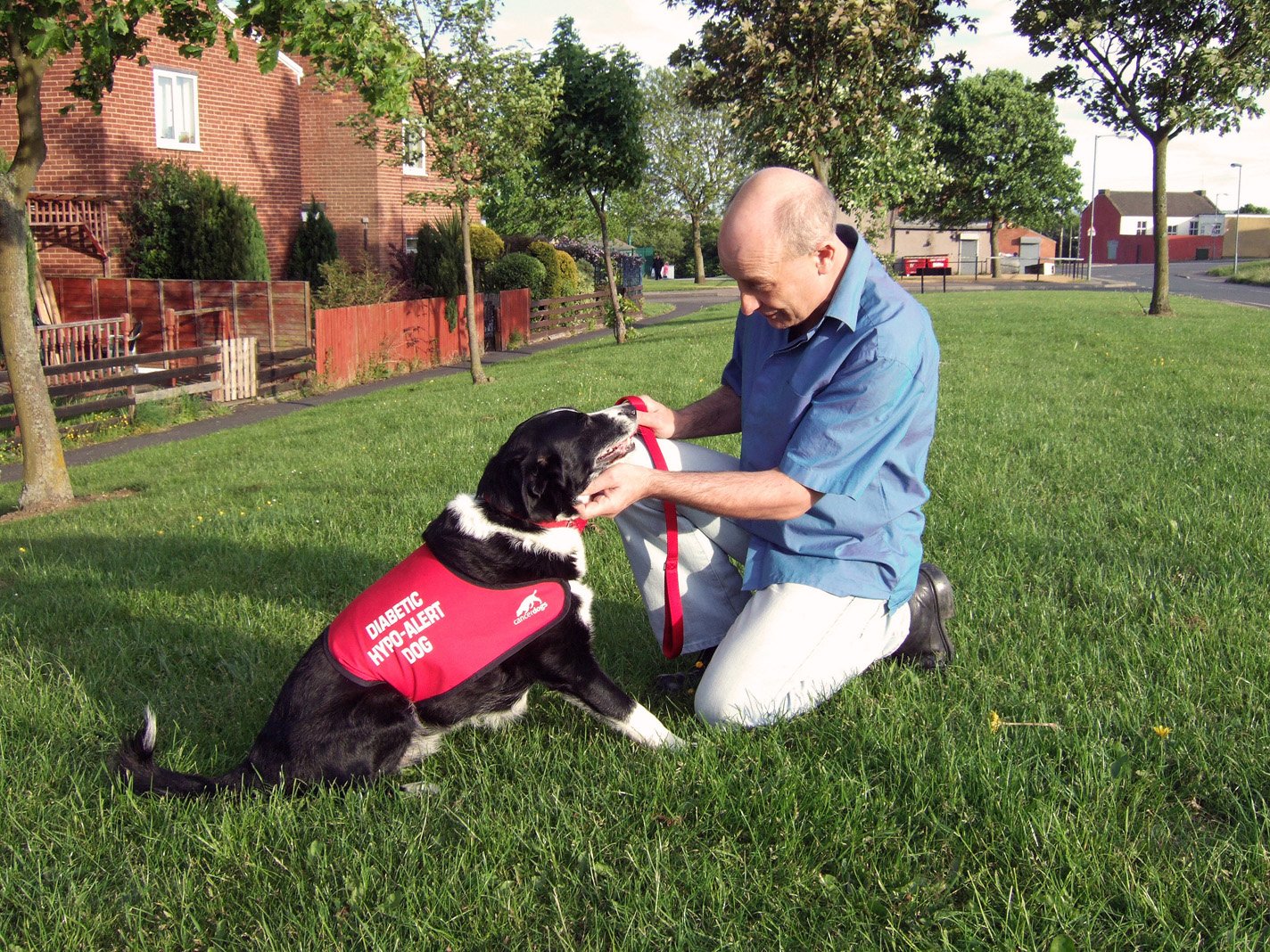
For people with diabetes, blood sugar fluctuations can be life-threatening, especially during sleep when symptoms might go unnoticed. Diabetic alert dogs have emerged as literal lifesavers, trained to detect the subtle scent changes that occur when blood glucose levels become dangerously high or low. These remarkable animals can sense these changes up to 20 minutes before traditional glucose monitors register them, providing crucial early warning time. The dogs are trained to perform specific alerts – some nudge their owners, others retrieve emergency kits, and some are even trained to call for help using special devices. One documented case involved a diabetic alert dog named Jedi who saved his seven-year-old owner’s life over 40 times by detecting dangerous blood sugar drops during sleep.
Seizure Detection: When Instinct Meets Medicine

Perhaps even more mysterious than cancer detection is the ability of some dogs to predict epileptic seizures minutes or even hours before they occur. While scientists still don’t fully understand how dogs accomplish this feat, many believe they’re detecting subtle behavioral changes, electromagnetic field variations, or chemical signals that precede seizures. These seizure alert dogs provide invaluable peace of mind to epilepsy patients and their families, allowing them to take precautionary measures before an episode occurs. Some dogs are naturally gifted at this ability, while others can be specifically trained. The impact on quality of life is immeasurable – imagine being able to prepare for a seizure instead of living in constant fear of when the next one might strike.
Rats in the Lab: Small Heroes, Big Impact

While dogs get most of the attention, rats are quietly revolutionizing tuberculosis detection in some of the world’s most resource-limited settings. African giant pouched rats, trained by the organization APOPO, can screen tuberculosis samples faster and more accurately than traditional microscopy methods. These rats, affectionately called “HeroRATs,” can evaluate 100 samples in just 20 minutes – a task that would take a human technician an entire day. Their success rate is remarkable, with the ability to detect tuberculosis in samples that human technicians missed during initial screening. In Tanzania and Mozambique, these rats have helped identify thousands of additional tuberculosis cases that would have otherwise gone undiagnosed, literally saving lives through their extraordinary olfactory abilities.
The Economics of Animal Diagnostics

Beyond their impressive accuracy, animal diagnostics offer compelling economic advantages that could revolutionize healthcare accessibility worldwide. Training a medical detection dog costs approximately $20,000 to $30,000, while a single MRI machine can cost millions of dollars plus ongoing maintenance expenses. For developing countries with limited healthcare infrastructure, animal diagnostics represent a game-changing opportunity to provide accurate medical screening at a fraction of traditional costs. The operational expenses are equally attractive – feeding and caring for a detection dog costs far less than maintaining complex medical equipment that requires specialized technicians, regular calibration, and expensive replacement parts. This economic efficiency could make advanced medical diagnostics available to populations that have never had access to such services.
Training the Next Generation of Medical Animals
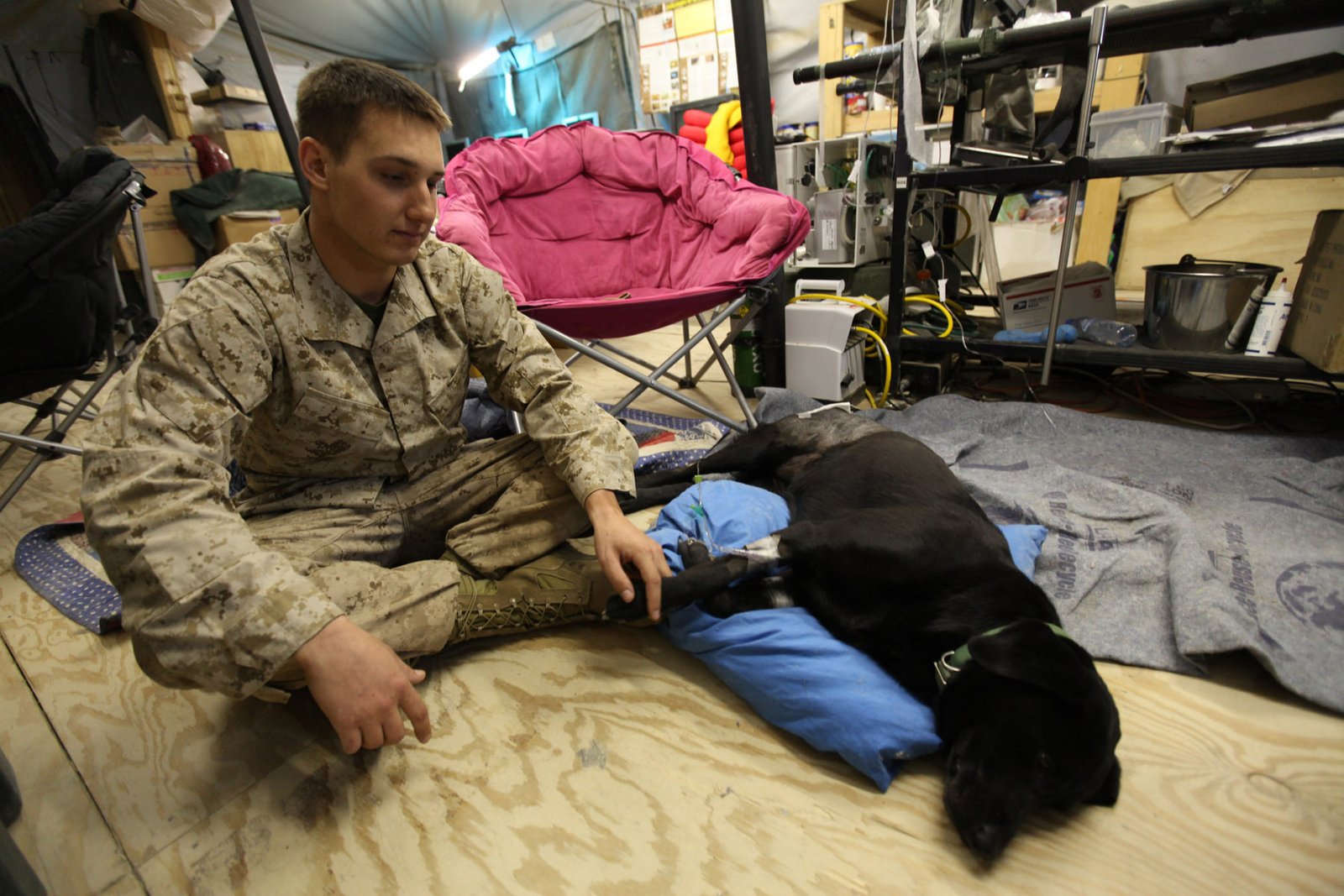
Creating a medical detection animal requires months of intensive, specialized training that combines the precision of scientific methodology with the patience of animal behavior psychology. The process typically begins when animals are young, using positive reinforcement techniques to associate specific scents with rewards. For cancer detection dogs, trainers use breath samples from cancer patients alongside control samples from healthy individuals, gradually teaching the dogs to identify the unique chemical signatures of different diseases. The training process is remarkably similar to how human medical professionals learn – starting with basic concepts and gradually building complexity. Success rates vary, but approximately 70% of dogs that begin medical detection training successfully complete the program and go on to work in clinical settings.
Accuracy Rates That Astound Medical Professionals
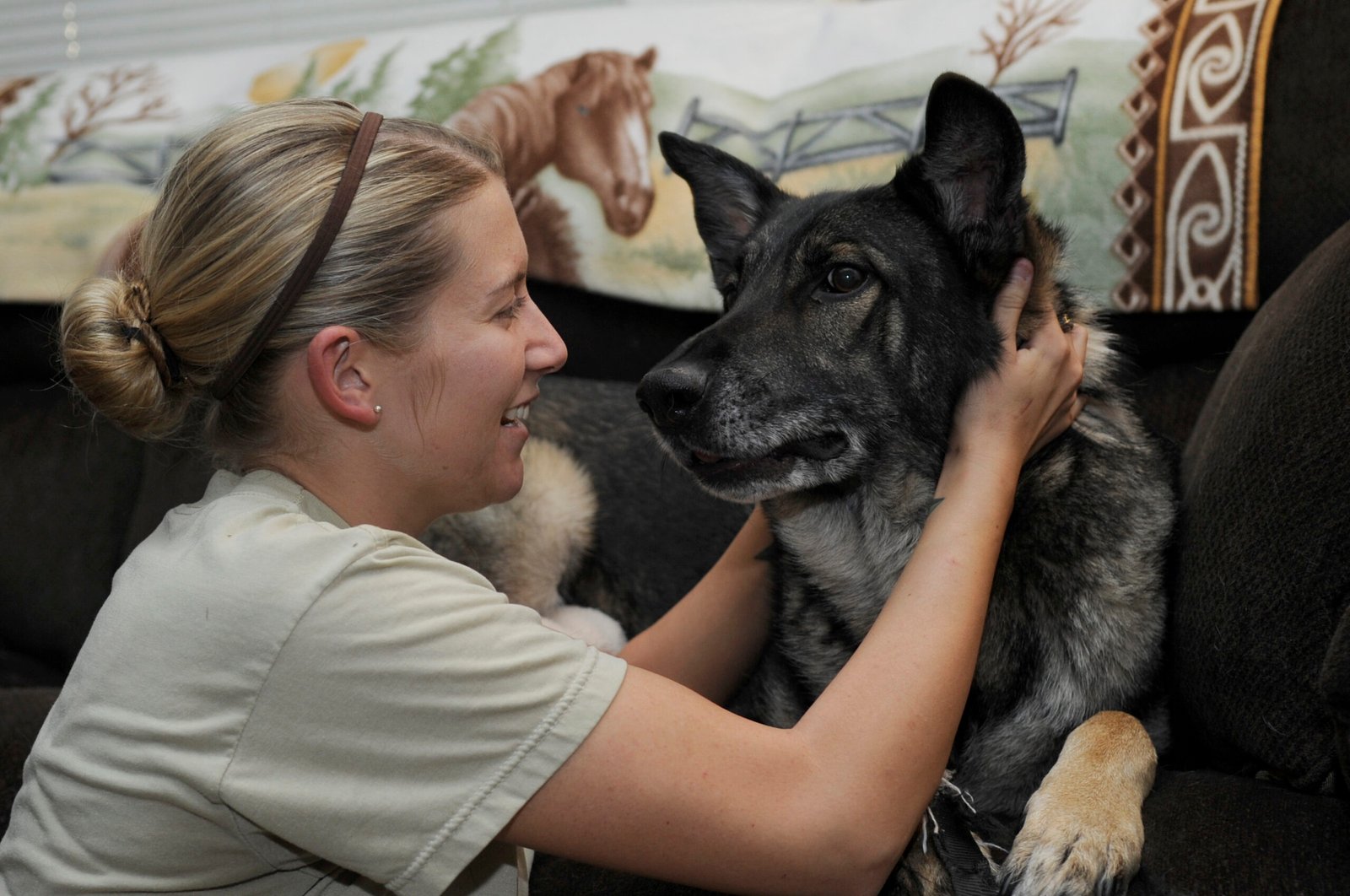
The diagnostic accuracy achieved by trained animals often surpasses traditional medical testing methods, leaving medical professionals both amazed and slightly humbled. Studies have documented cancer detection dogs achieving accuracy rates between 88% and 97% across various cancer types, with some individual dogs performing even better. These numbers become even more impressive when compared to conventional screening methods – mammograms, for example, have accuracy rates of approximately 85% for breast cancer detection. What’s particularly remarkable is the consistency of animal performance; unlike mechanical equipment that can malfunction or require recalibration, well-trained animals maintain their accuracy over years of service. The false positive and false negative rates for animal diagnostics are often lower than traditional methods, making them not just alternatives but potentially superior diagnostic tools.
Beyond Dogs and Rats: Exploring Other Animal Diagnostics

The world of animal diagnostics extends far beyond dogs and rats, with researchers exploring the diagnostic potential of various other species. Pigs, with their sensitive snouts and intelligence, are being investigated for their ability to detect certain diseases and environmental hazards. Some studies have explored using ferrets for respiratory disease detection, taking advantage of their naturally keen sense of smell and their respiratory system similarities to humans. Even more exotic possibilities include using dolphins for certain types of medical imaging assistance, though this remains largely theoretical. The diversity of potential animal diagnosticians suggests we’ve only scratched the surface of what’s possible when we combine animal sensory abilities with human medical knowledge.
Challenges and Limitations in Animal Diagnostics
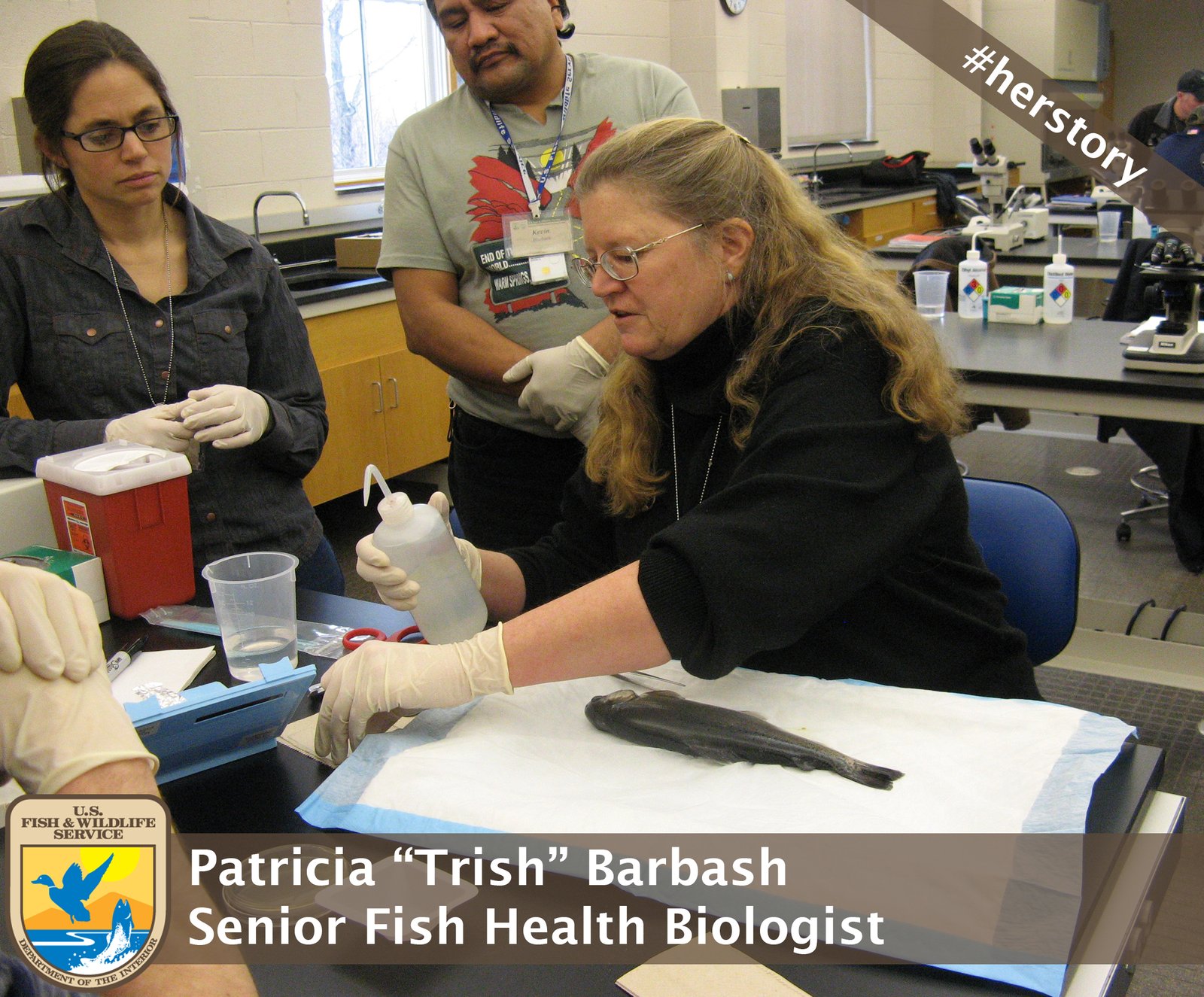
Despite their remarkable abilities, animal diagnostic systems face several significant challenges that must be addressed for widespread adoption. Animal welfare concerns top the list, as ensuring the physical and psychological well-being of working animals requires ongoing attention and resources. Standardization presents another hurdle – unlike machines that perform identically, individual animals may have varying abilities and may require different training approaches. Legal and regulatory frameworks for animal diagnostics remain underdeveloped in many countries, creating uncertainty about implementation and quality control. Additionally, animals can have “off days” due to illness, stress, or distractions, potentially affecting their diagnostic performance in ways that mechanical systems typically don’t experience.
Integration with Traditional Medical Systems

The most promising future for animal diagnostics lies not in replacing traditional medical equipment but in creating hybrid systems that combine the best of both worlds. Forward-thinking medical facilities are exploring ways to integrate animal detection capabilities with conventional diagnostic protocols, using animals for initial screening and traditional methods for confirmation and detailed analysis. This approach maximizes the strengths of both systems while minimizing their individual weaknesses. Some hospitals have begun pilot programs where detection dogs work alongside radiologists and pathologists, providing an additional layer of diagnostic confidence. The goal isn’t to choose between animal and technological diagnostics but to create complementary systems that enhance overall medical accuracy and efficiency.
Ethical Considerations and Animal Welfare

As we explore the potential of animal diagnostics, ethical considerations must remain at the forefront of program development and implementation. The animals involved in medical detection work must be treated with the highest standards of care, ensuring their physical health, mental stimulation, and emotional well-being throughout their careers. Retirement planning for working animals is crucial, as these dedicated workers deserve comfortable, loving homes when their service days are complete. Questions also arise about consent and autonomy – while animals can’t explicitly agree to participate in medical work, careful attention to their behavior and stress levels helps ensure they’re engaged willingly in their roles. Establishing clear ethical guidelines and oversight mechanisms will be essential for maintaining public trust and ensuring animal welfare in diagnostic programs.
Global Applications and Humanitarian Impact

Animal diagnostics hold particular promise for addressing healthcare disparities in developing regions where traditional medical infrastructure is limited or nonexistent. In remote areas of Africa, Asia, and South America, trained detection animals could provide life-saving diagnostic services that would otherwise be unavailable for hundreds of miles. The portability and relatively low maintenance requirements of animal diagnostic teams make them ideal for mobile health clinics and rural healthcare initiatives. Organizations like Doctors Without Borders have expressed interest in incorporating animal diagnostics into their humanitarian missions, recognizing the potential to dramatically expand their diagnostic capabilities without requiring massive infrastructure investments. This could represent a paradigm shift in global health equity, bringing advanced medical detection to populations that have historically been underserved.
The Technology-Animal Partnership
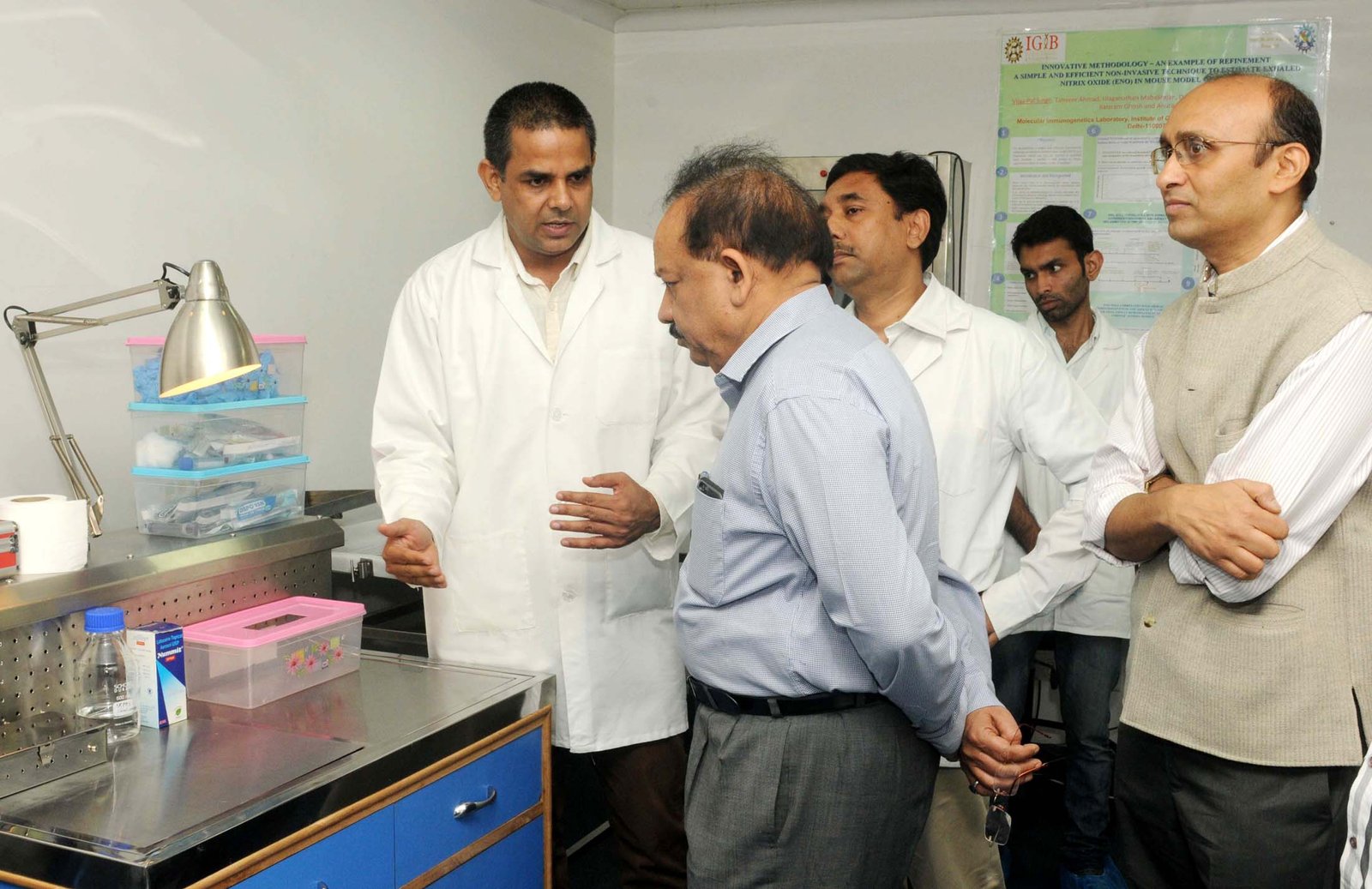
Rather than viewing animals and technology as competing diagnostic approaches, innovative researchers are exploring ways to enhance animal abilities through technological partnerships. Wearable sensors could monitor animal stress levels and fatigue, ensuring optimal performance conditions and preventing overwork. GPS tracking and communication devices could enable detection animals to work more effectively in large facilities or outdoor environments. Some experimental programs are even exploring ways to amplify or record animal detection signals, potentially creating databases of scent signatures that could inform the development of artificial detection systems. These technology-enhanced animal diagnostic programs represent the cutting edge of medical innovation, combining millions of years of evolutionary refinement with human technological creativity.
Training Standards and Certification Programs

As animal diagnostics gain recognition and acceptance in medical communities, the need for standardized training protocols and certification programs becomes increasingly important. Professional organizations are beginning to develop comprehensive standards that ensure consistent quality across different training facilities and geographic regions. These standards cover everything from animal selection criteria and training methodologies to ongoing performance monitoring and handler certification requirements. Establishing internationally recognized certification programs will be crucial for gaining widespread medical acceptance and ensuring that animal diagnostic services meet the rigorous standards expected in healthcare settings. The development of these standards represents a professionalization of animal diagnostics, transitioning from experimental programs to established medical services.
Research Frontiers and Future Discoveries

Current research in animal diagnostics is pushing the boundaries of what we thought possible, exploring applications that seem almost magical in their potential. Scientists are investigating whether animals can detect neurodegenerative diseases like Alzheimer’s and Parkinson’s through scent, potentially enabling earlier intervention and treatment. Some studies suggest that animals might be able to detect psychological conditions like depression or anxiety through chemical signals, opening entirely new frontiers in mental health diagnostics. Research into detecting infectious diseases before symptoms appear could revolutionize pandemic response and disease containment strategies. These emerging applications suggest that we’re still in the early stages of understanding and utilizing animal diagnostic capabilities, with discoveries that could reshape medical practice in fundamental ways.
Public Perception and Acceptance Challenges

Despite the impressive scientific evidence supporting animal diagnostics, public acceptance remains a significant challenge that must be addressed through education and demonstration. Many people struggle to accept that animals could outperform sophisticated medical equipment, viewing animal-based diagnostics as somehow less scientific or reliable than technology-based approaches. Cultural attitudes toward animals, varying levels of scientific literacy, and concerns about hygiene in medical settings all contribute to resistance. Healthcare providers also face the challenge of explaining animal diagnostic results to patients who may be skeptical about the legitimacy of such methods. Overcoming these perception challenges will require comprehensive public education campaigns, transparent reporting of success rates, and gradual integration that allows people to witness the effectiveness of animal diagnostics firsthand.
The Economic Disruption Potential

The widespread adoption of animal diagnostics could represent a significant disruption to the medical equipment industry, potentially saving healthcare systems billions of dollars while improving diagnostic accuracy. Traditional medical equipment manufacturers may need to rethink their business models as healthcare providers discover that a well-trained dog can often outperform machines costing millions of dollars. Insurance companies are beginning to take notice, with some showing interest in covering animal diagnostic services due to their cost-effectiveness and accuracy. This economic disruption could accelerate the adoption of animal diagnostics, as healthcare administrators recognize the potential for significant cost savings without sacrificing quality. The ripple effects could extend throughout the healthcare industry, influencing everything from medical school curricula to hospital design and patient care protocols.
Legal and Regulatory Frameworks

The integration of animals into medical diagnostics raises complex legal and regulatory questions that governments and medical authorities are still working to address. Questions about liability, quality control, and professional standards require careful consideration to ensure patient safety while enabling innovation. Medical licensing boards must determine how to regulate and oversee animal diagnostic services, establishing protocols for training verification, performance monitoring, and incident reporting. International harmonization of standards will be important for facilitating cross-border medical missions and ensuring consistent quality regardless of location. The development of appropriate legal frameworks represents a crucial step in legitimizing animal diagnostics as a recognized medical service rather than an experimental curiosity.
Environmental and Sustainability Benefits

Beyond their medical applications, animal diagnostics offer significant environmental advantages that align with growing concerns about healthcare sustainability. The carbon footprint of maintaining and operating complex medical equipment far exceeds that of caring for diagnostic animals, potentially reducing the environmental impact of healthcare delivery. Animal diagnostic programs require minimal infrastructure, reducing construction needs and associated environmental costs. The longevity of animal diagnostic careers – often spanning 8-10 years – provides excellent return on training investments while minimizing ongoing resource requirements. These environmental benefits add another compelling argument for animal diagnostics, appealing to healthcare systems increasingly concerned about their ecological impact and sustainability practices.
The convergence of animal sensory abilities and human medical knowledge represents one of the most promising frontiers in healthcare innovation. From cancer-detecting dogs with accuracy rates that surpass expensive machinery to tuberculosis-sniffing rats serving remote communities, animals are proving that nature’s diagnostic tools often outperform our most sophisticated inventions. While challenges around standardization, regulation, and public acceptance remain, the potential benefits – improved accuracy, reduced costs, and expanded access to quality diagnostics – are too significant to ignore. As we continue to explore and refine these remarkable partnerships, we may discover that the future of medicine isn’t just digital or technological, but beautifully, surprisingly furry. What other medical mysteries might our animal partners help us solve?




